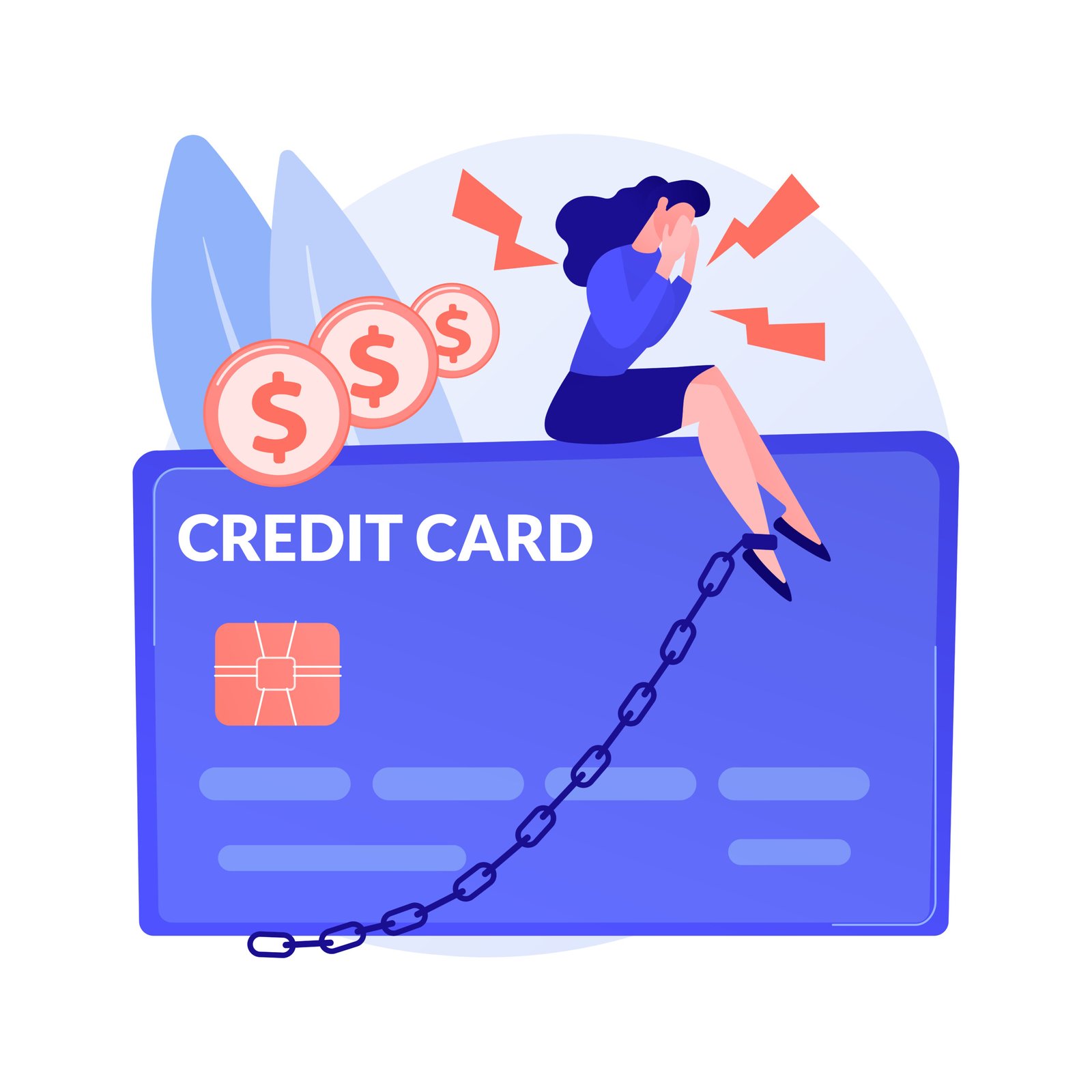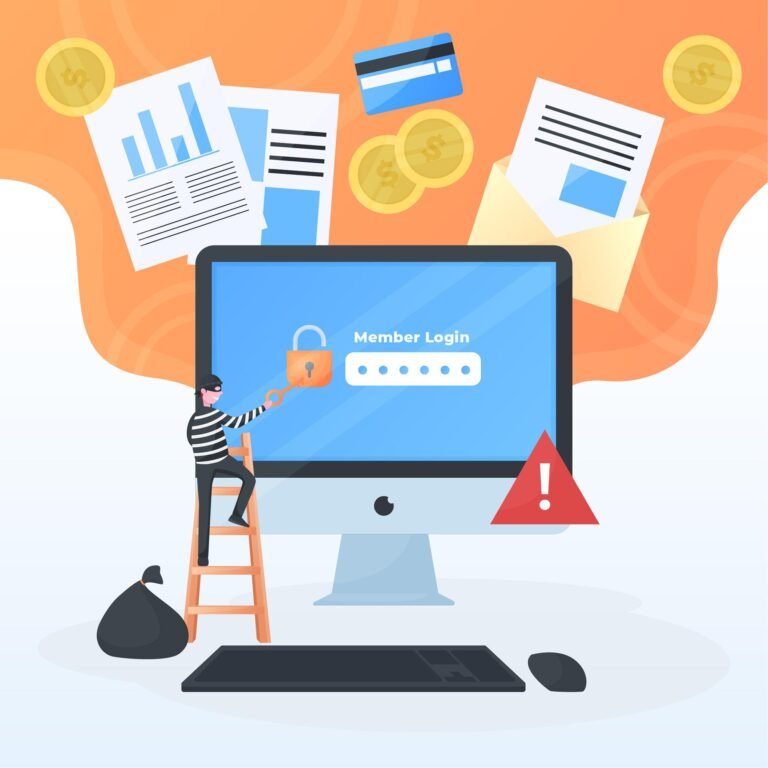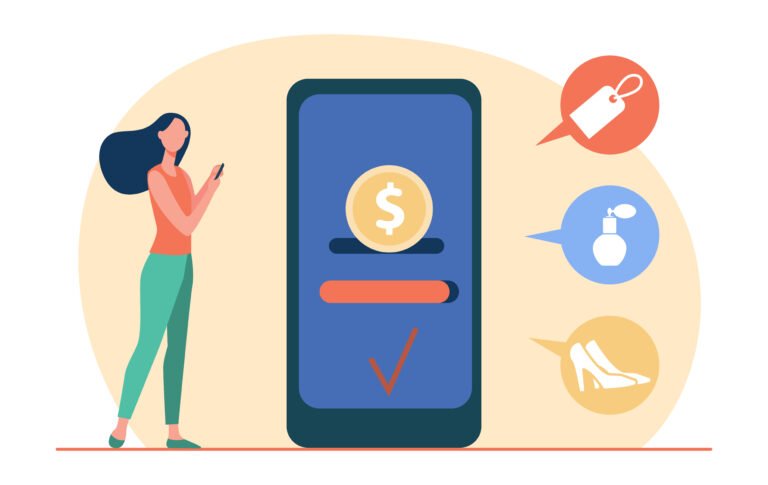1. What Is a Credit Card Dispute and When Should You Use It?
Credit card disputes are a key consumer protection mechanism designed to help you recover money when something goes wrong with a transaction. Whether you were charged for something you didn’t buy, received faulty goods, or didn’t receive anything at all, the dispute process allows you to contest the charge and potentially get your money back without resorting to legal action.
A credit card dispute starts when you notice a problem with a transaction on your statement and notify your card issuer This could be due to:
- Unauthorized or fraudulent charges
- Duplicate or incorrect billing
- Non-delivery of products or services
- Goods that were defective or misrepresented
- Cancelled subscriptions or services that were still billed
- Charges you already paid by other means
One of the biggest advantages of using a credit card is this exact protection. Unlike cash or even debit cards, credit cards offer a legally backed dispute process that can reverse a charge if your claim is valid. This process is often referred to as a chargeback, and it’s governed by federal law (such as the Fair Credit Billing Act in the U.S.) and card network regulations (Visa, Mastercard, Amex, etc.).
It’s important to note that not all disagreements qualify. You can’t dispute a charge just because you changed your mind or didn’t like a product that met the seller’s description. A legitimate reason must exist, and you’ll typically need documentation to support your case.
Disputes should also be timely. Most card issuers require you to file within 60 days of the transaction appearing on your statement, although this can vary depending on the bank and location. The longer you wait, the harder it becomes to recover your money.
In summary, a credit card dispute is your financial safety net. It gives you a way to correct billing errors or reverse unfair charges and when used responsibly, it protects your money and your peace of mind.
2. Step-by-Step Breakdown of the Credit Card Dispute Process
If you’ve spotted a suspicious or invalid charge, here’s how to file a credit card dispute effectively:
Step 1: Review the Transaction Details
Start by confirming that the charge is indeed incorrect. Look closely at:
- The date and amount
- The merchant’s name (some names may appear differently)
- Any matching receipts, emails, or communications
Sometimes, the issue is due to a misunderstanding like a forgotten subscription or a family member’s purchase. Verifying the basics helps avoid an unnecessary dispute.
Step 2: Contact the Merchant First (Optional but Recommended)
Before filing a dispute with your card issuer, it’s wise to try resolving the issue with the merchant. A quick phone call or email might result in a refund without any formal process. Keep a record of this communication it’s valuable if you end up disputing the charge.
Step 3: File a Dispute With Your Credit Card Issuer
If the merchant is unhelpful or unresponsive, contact your credit card company through the customer service number on the back of your card or via your banking app.
Most banks allow you to do this online, and some even let you upload evidence directly within the app.
Step 4: The Investigation Begins
Once your dispute is submitted, the credit card issuer temporarily credits your account (a provisional credit) while they investigate. This means the disputed amount is removed from your balance, so you’re not charged interest or late fees during the process.
The bank will then contact the merchant’s bank and request proof that the charge was valid. This may include shipping records, receipts, signed agreements, or other evidence.
You may be asked to submit additional documentation during the process, so stay alert for emails or messages from your bank.
Step 5: Final Resolution
After reviewing all evidence from both sides, the card issuer will make a decision usually within 30 to 90 days. If your dispute is successful, the provisional credit becomes permanent. If it’s denied, the charge is reinstated to your account.
You will receive written notice of the outcome, and if your claim is denied, you can request a further explanation or even appeal the decision with more evidence.
This entire process is designed to protect both consumers and merchants, and when used properly, it ensures fairness in the financial ecosystem.
3. Common Types of Disputes and How to Handle Each One
While the dispute process is generally the same, the type of issue you’re dealing with will affect how you prepare and present your case. Here are the most common types of disputes and how to maximize your chances of success for each:
1. Unauthorized Transactions
This is when your card is used without your permission due to theft, hacking, or fraud.
2. Charges for Products Not Received
This applies when you paid for goods or services that were never delivered.
3. Defective or Misrepresented Products
This is when the item received is broken, doesn’t work as described, or differs from what was advertised.
4. Double Billing or Incorrect Amounts
This happens when you’re charged twice for the same item, or the amount charged differs from what was agreed.
5. Subscription Cancellations Not Honored
This applies when you cancel a service but keep getting billed By aligning your evidence with the type of dispute, you make it easier for the card issuer to validate your claim and rule in your favor.
4. Tips to Win Your Dispute: Evidence, Timing, and Communication
Winning a credit card dispute doesn’t rely on luck it hinges on preparation, clarity, and strategy. Here are proven tips to boost your chances of a successful outcome:
1. Act Fast
Time is critical. Most banks have a 60-day window from the date the charge appears on your statement to file a dispute. Delaying beyond this timeframe can result in automatic denial, even if your case is strong.
2. Provide Clear, Organized Evidence
The more organized your case, the easier it is for bank investigators to understand. Include:
- Order confirmation emails
- Screenshots of product listings
- Proof of delivery (or lack thereof)
- Records of communication with the seller
- Cancellation confirmations
Attach files in readable formats (PDFs, images, screenshots) and label them clearly.
3. Write a Strong Explanation
When filing a credit card dispute, your explanation is one of the most important parts it’s your opportunity to clearly tell your side of the story. A vague or emotional complaint won’t help you win. What banks and credit card issuers need is a precise, factual summary of what happened, backed by evidence.
4. Keep All Communication
Save every email, chat message, and customer service interaction related to the transaction. Even if the merchant denies wrongdoing, the tone and content of your communication may work in your favor.
5. Remain Calm and Professional
Avoid emotional language, threats, or accusations. Dispute reviewers are trained to look for facts not feelings. Present your case respectfully, and you’ll be taken more seriously.
6. Follow Up
After submitting your dispute, check your account for messages or document requests from your card issuer. Some cases are delayed or denied simply because a customer fails to respond to additional questions.
By being proactive, transparent, and well-documented, you significantly raise the odds of recovering your money through a dispute.
5. What Happens If Your Dispute Is Deniedand What to Do Next
Even if you build a strong case, there’s a chance your dispute may be denied. That doesn’t necessarily mean the end of the road. Understanding the reasons behind denial and knowing your next options can keep your fight alive.
Common Reasons for Denial
- Lack of evidence: Insufficient or unclear documentation
- Wrong reason code: Your issue was submitted under the wrong dispute category
- Time expired: Filing beyond the allowed timeframe
- Merchant provided convincing counter-evidence
- Service was “used”: In the case of digital services or one-time events, banks may rule in favor of the merchant
Conclusion: Use the Dispute Process to Protect Your Money
Credit card disputes are powerful tools for resolving unfair or incorrect charges. When handled properly with good timing, documentation, and communication—they can get your money back quickly and legally.
Be proactive, know your rights, and don’t be afraid to take the next step if a merchant doesn’t cooperate.





